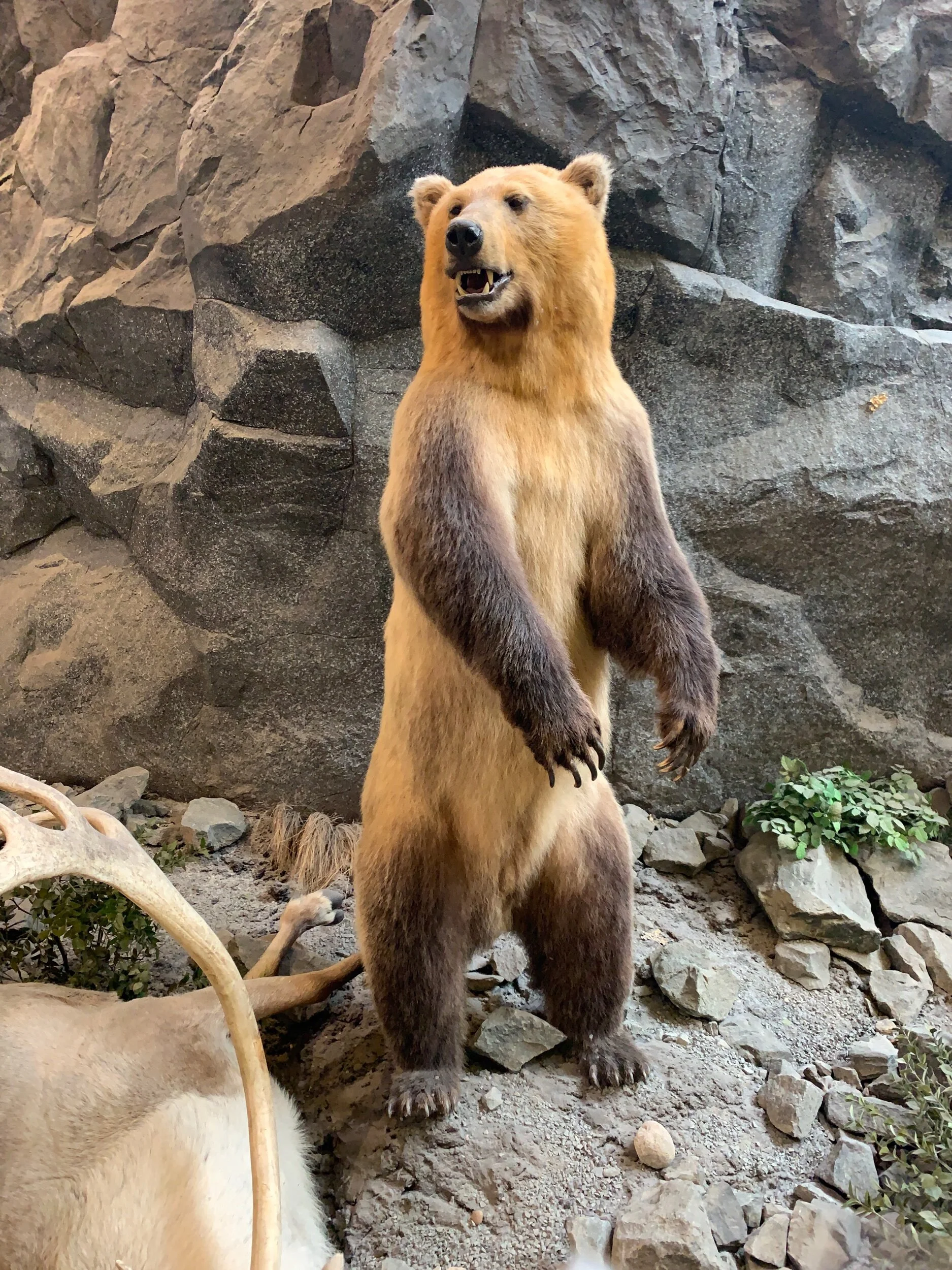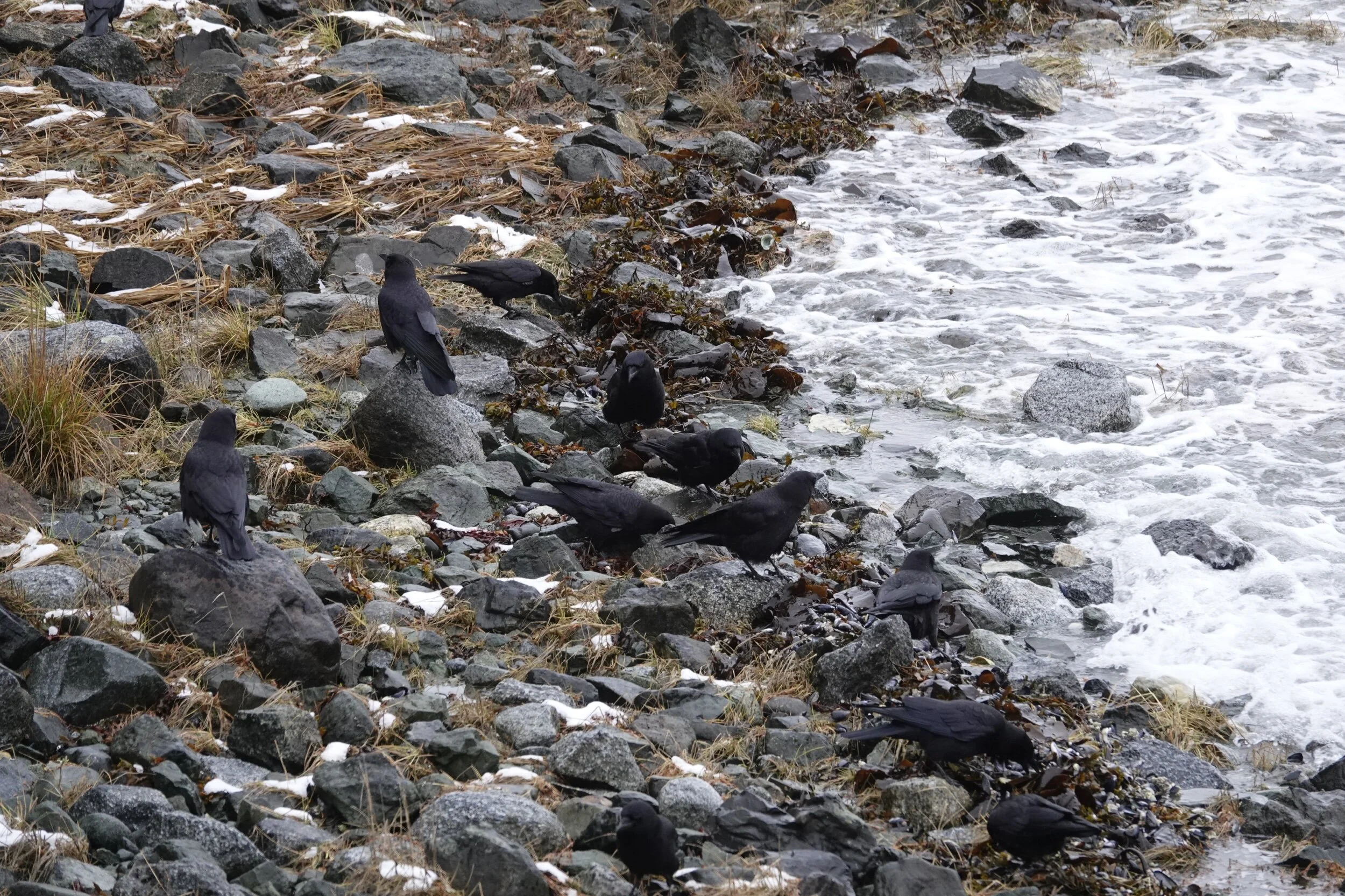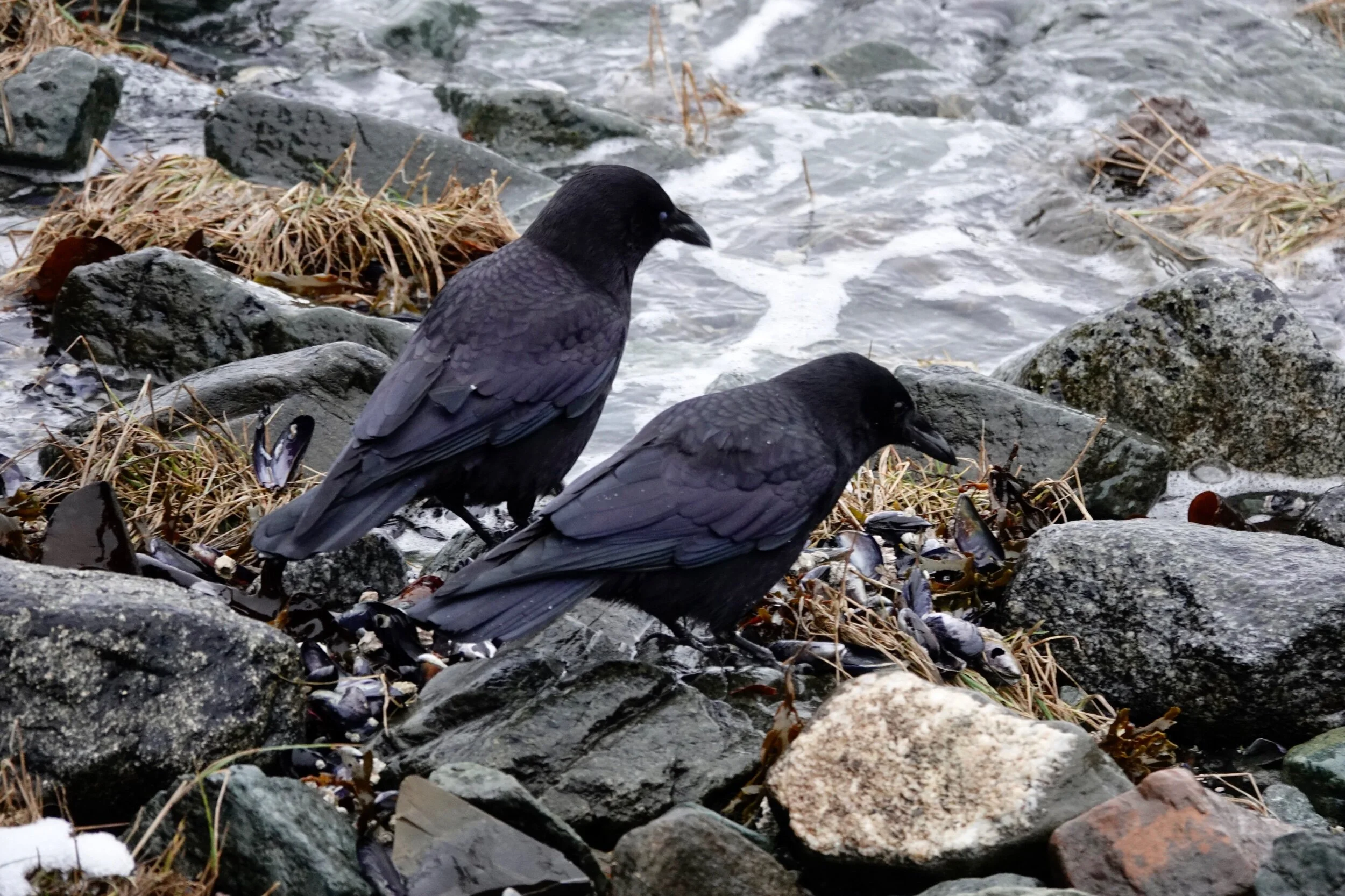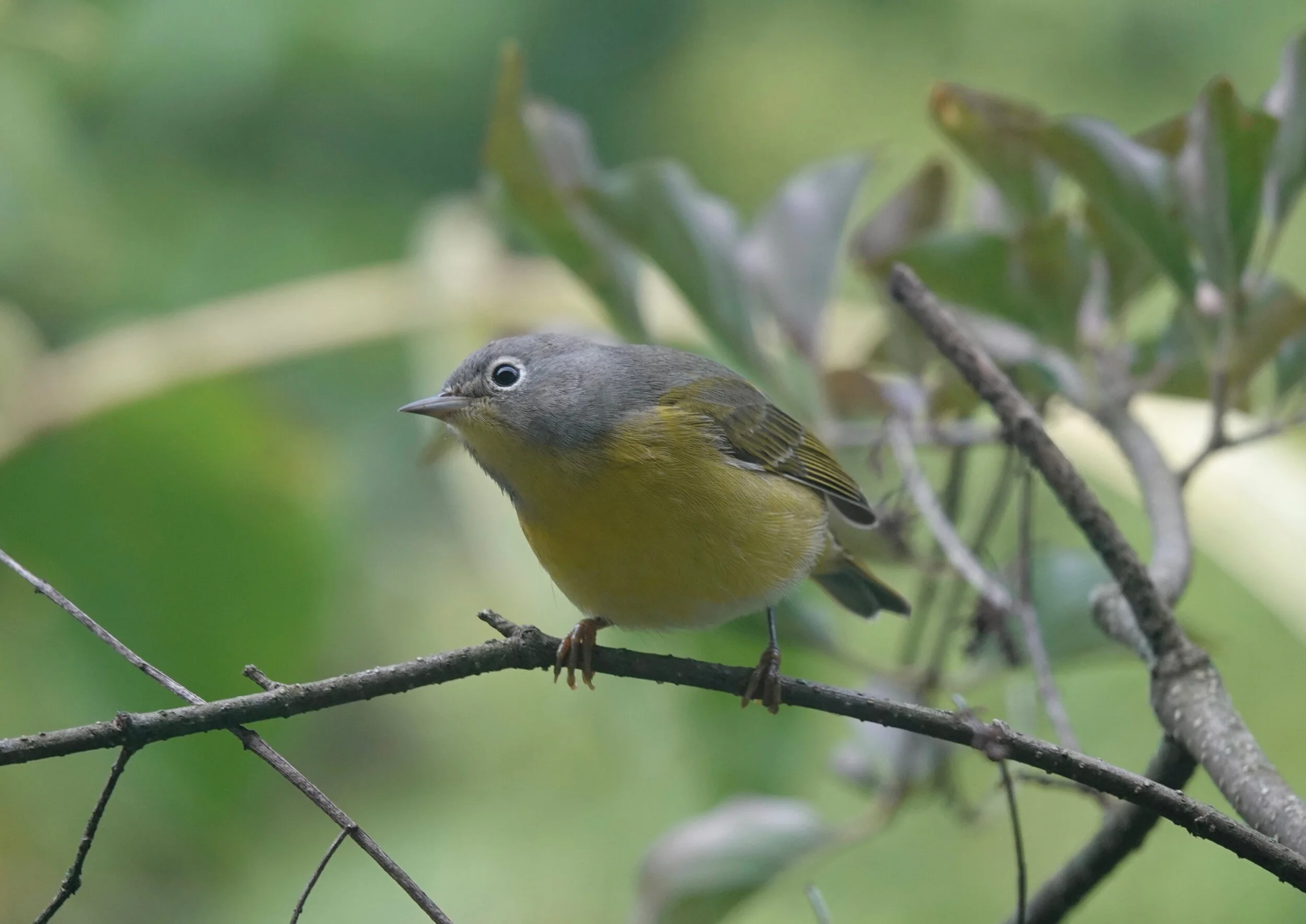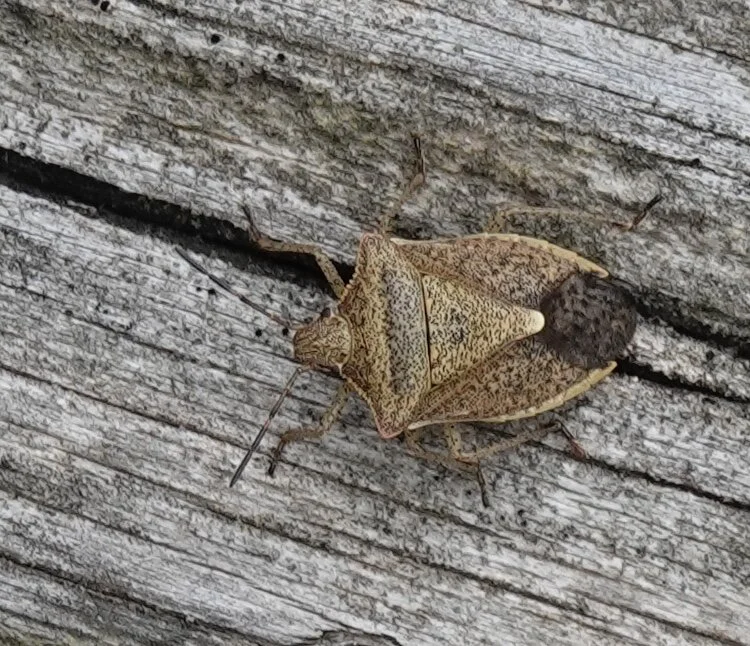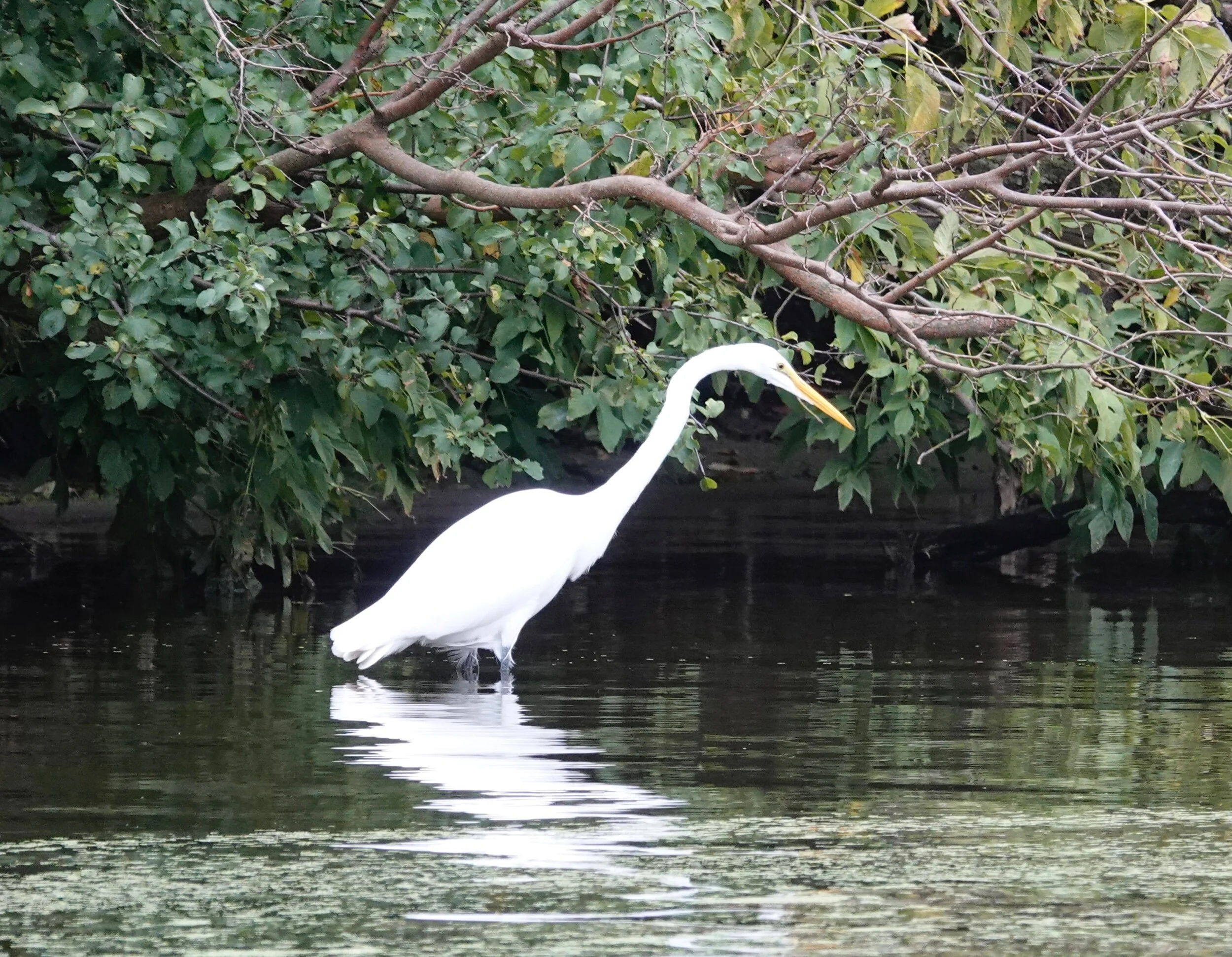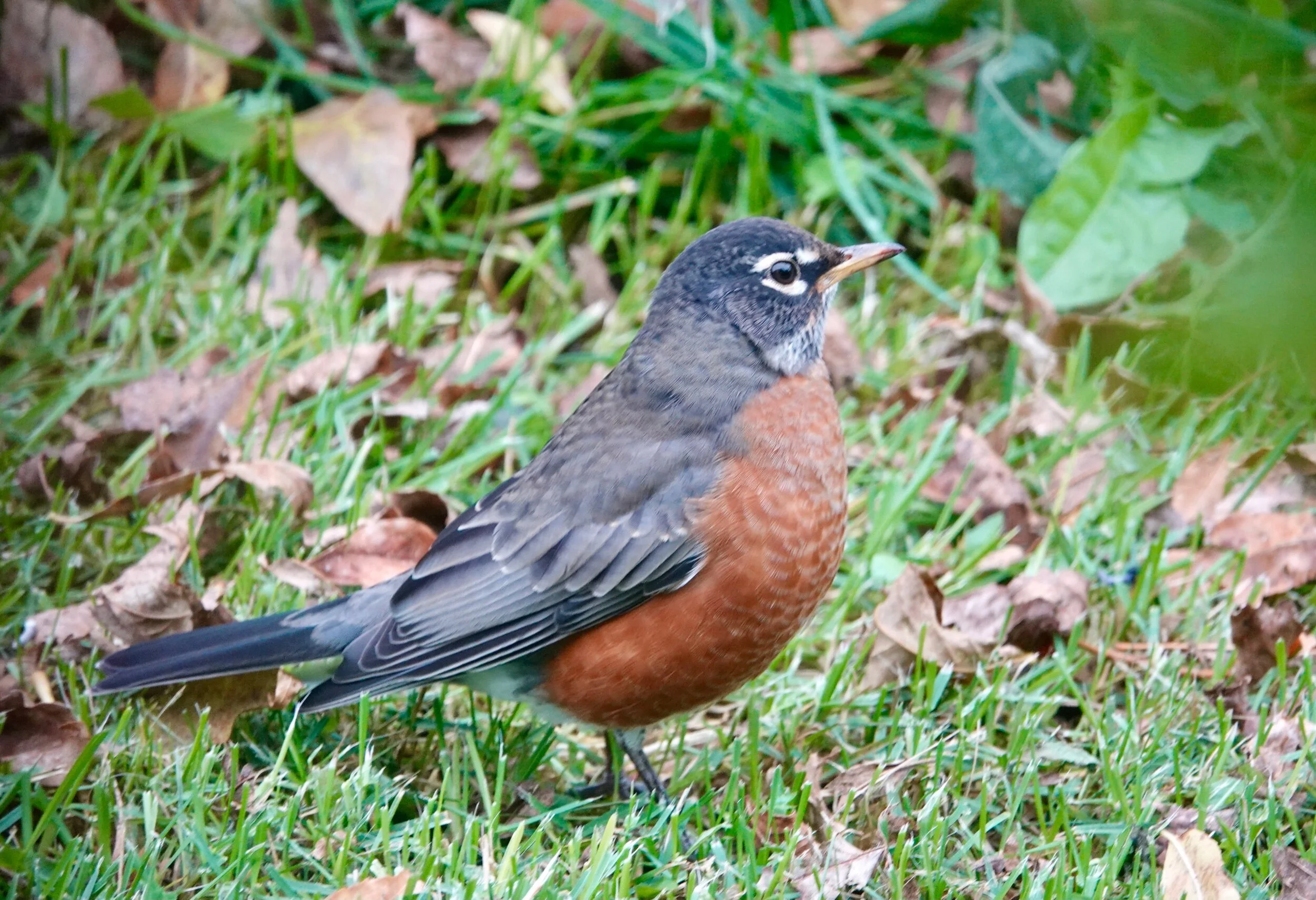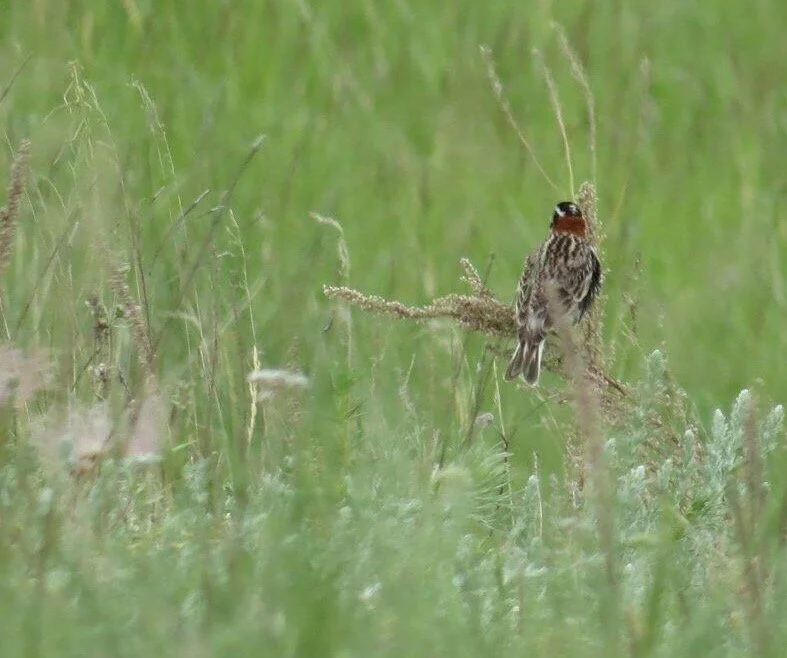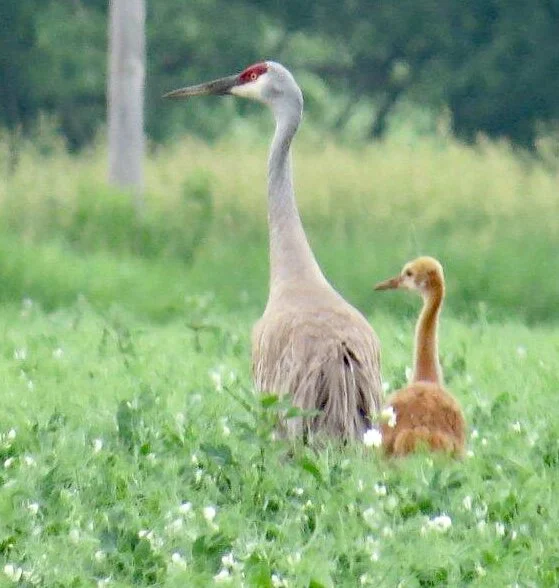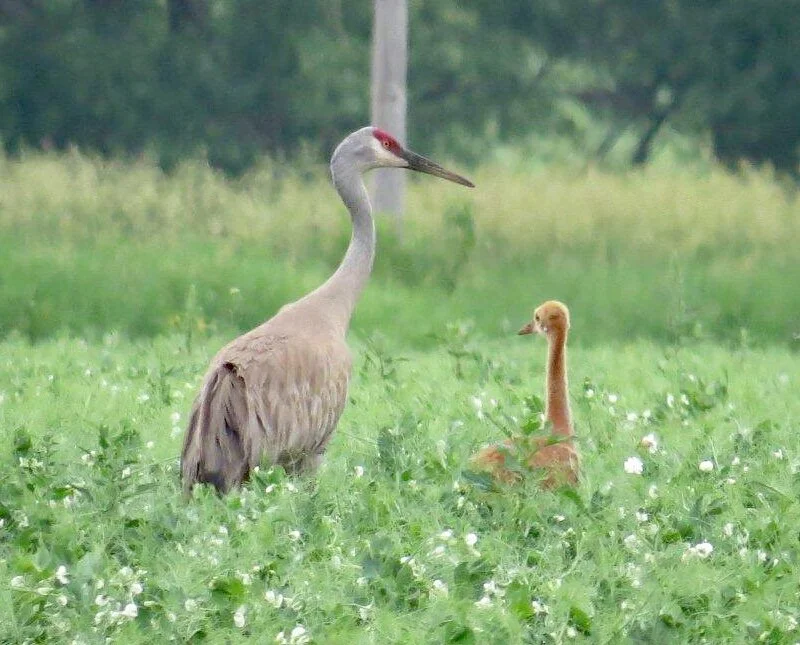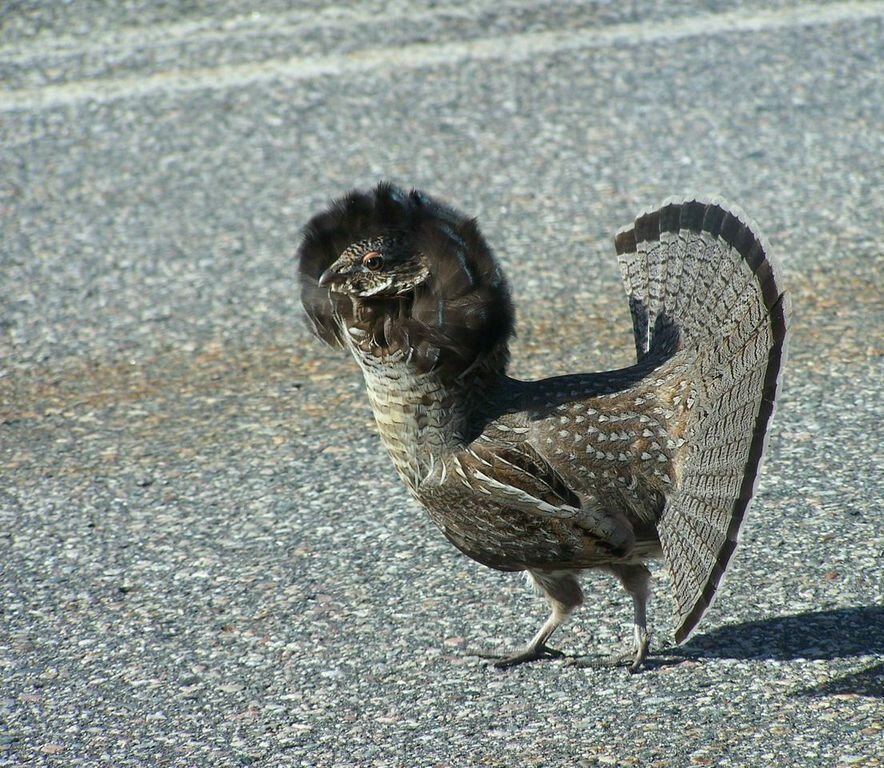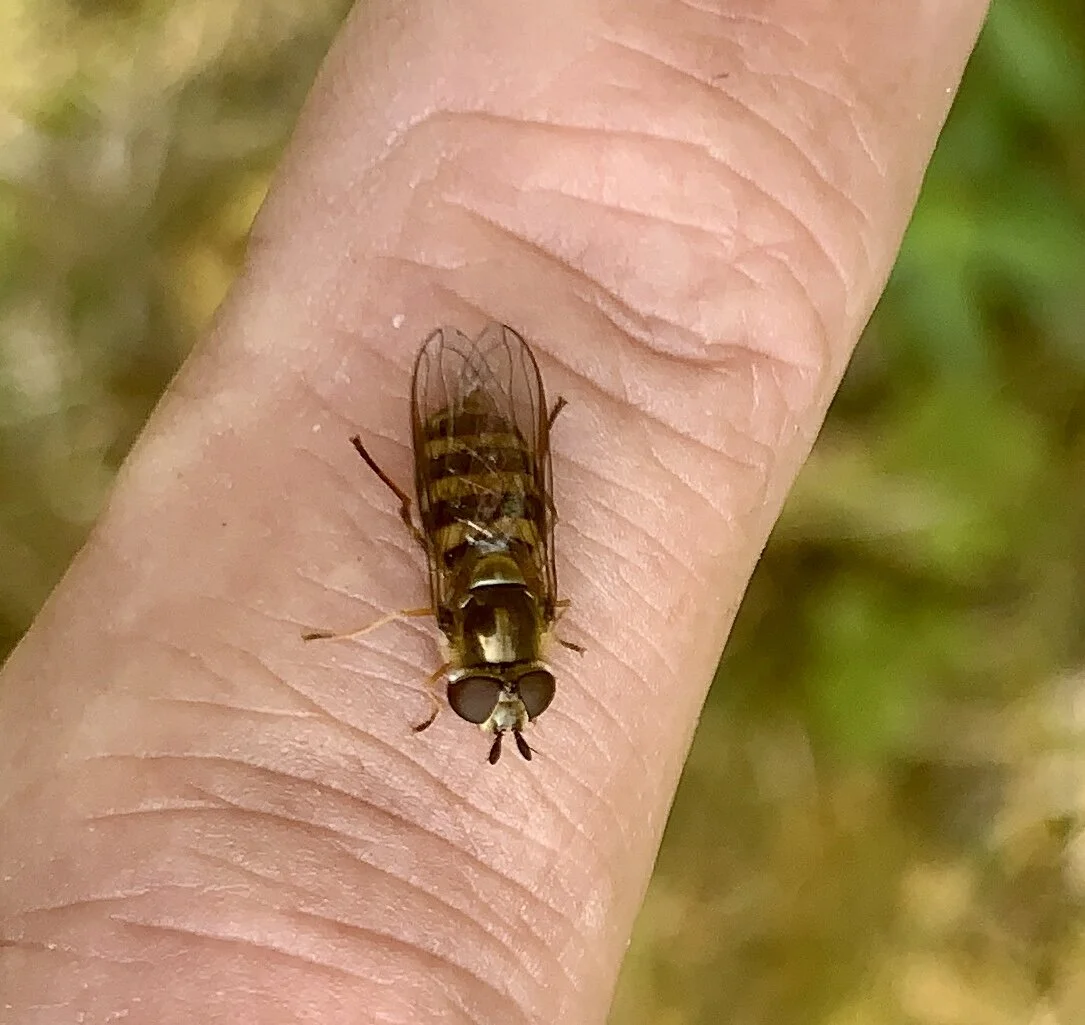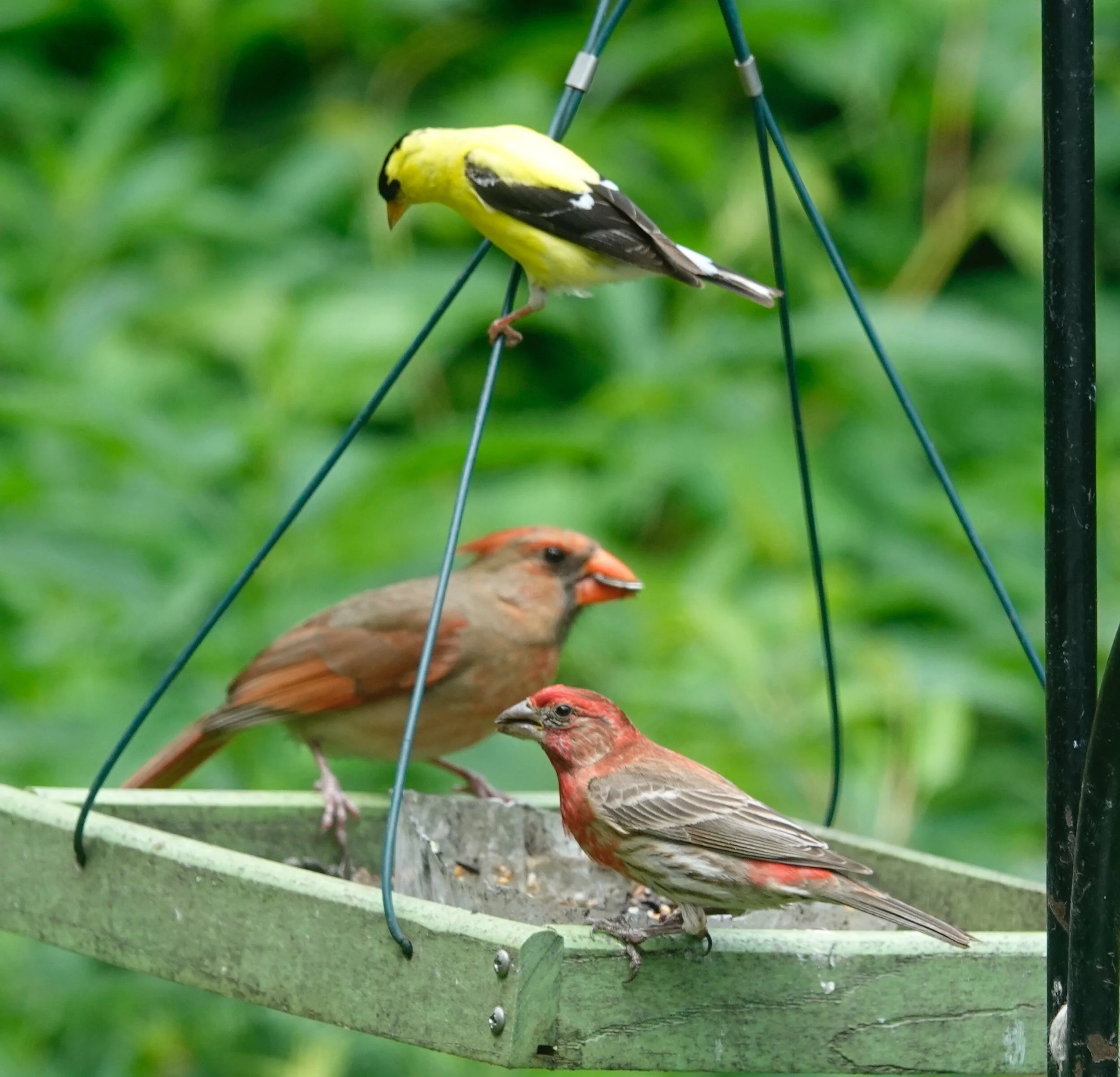Naturally
A nature walk is my favorite reality show. I watched northern flickers feeding on the ground. They eat a lot of ants, none of which are deep-fried. Sally Seath of Cedar Rapids told me they ingest ant sushi. I saw the last Baltimore oriole of the year in my yard on Sept. 12. Charlene Nelson of Elbow Lake said she was still seeing one on Sept. 15. Jays, chickadees, nuthatches (white-breasted and red-breasted), goldfinches, woodpeckers and finches (purple and house) fed upon black oil sunflower seeds, the hamburgers of the bird feeder world.
I watched a wind turbine spin. It's 397-feet tall from the ground to the top of the turbine blade when it's pointed straight up. A recent study from a wind energy facility in Norway found that painting a single blade black on a white wind turbine significantly reduced bird mortalities due to collisions. This makes blades more visible as they spin, even at high speeds. It needs more study.
I watched squirrels busily gathering food. I've been trying to get my ducks in a row, but now I have squirrels everywhere. In 1807, the Ohio General Assembly demanded that citizens not only pay their regular taxes, but needed to add a few squirrel carcasses to them. Taxpayers had to submit a minimum of 10 squirrel scalps to the town clerk each year. Tennessee had similar laws, but it let people pay in dead crows if they couldn’t get enough squirrels.
A garter snake crawled across the lawn to a secure place. Most resources suggest it got its name because the snakes resemble garters, pieces of fabric fastened below the knee to keep a person's stockings from falling. According to a National Geographic article, an analysis of government records found that Ralph Lauren, Gucci, Michael Kors and other fashion companies have had thousands of items made from illegal wildlife products seized by federal law enforcement at U.S. ports of entry. Reptiles accounted for 84% of all items, many of which were belts, purses, shoes, wallets and watch bands.
A bald eagle flew overhead. A friend, Dave Olerud of Haines, AK, is the founder of the American Bald Eagle Foundation. He said that when he first moved from Minnesota to Alaska to teach, the superintendent of schools went out on weekends and shot bald eagles.
I checked on the busy lives on a dead tree. A dead tree can be a good thing. A snag is affordable housing for many creatures.
The 2020 Minnesota August Roadside Survey (ARS)
Since 1955, the DNR has conducted an annual ARS during the first two weeks of August throughout Minnesota’s farmland regions. The 2020 ARS consisted of 169 25-mile routes surveyed Aug 1–19. Observers drove routes starting at or near sunrise at 15-20 mph and recorded the number of pheasants, gray (Hungarian) partridge, eastern cottontail rabbits, white-tailed jackrabbits, white-tailed deer, mourning doves, sandhill cranes and other wildlife observed. Counts conducted on cool, clear, calm mornings with heavy a dew yield the most consistent results because wildlife (especially pheasants, partridge and rabbits) move to warm, dry areas such as gravel roads.
The 2020 range-wide pheasant index (53.5 birds/100 miles) increased by 42% from 2019. Favorable weather during the nesting season led to increased brood numbers. The indices for gray partridge and mourning doves also increased, while the white-tailed deer, eastern cottontail rabbit and sandhill crane numbers declined. White-tailed jackrabbit observations continued to be historically low. Incidental sightings recorded by observers included: Great egrets (Rice and Watonwan counties), prairie chickens (Clay County), red-headed woodpeckers (Mower, Redwood, Renville and Watonwan counties), sharp-tailed grouse (Red Lake, Roseau and Polk counties), trumpeter swans (Kandiyohi and Sibley counties), and upland sandpipers (Murray, Freeborn and Renville counties). American crows, Canada geese, American kestrels and wild turkeys were reported in multiple counties.
Q&A
"Why do deer change colors?" A deer’s coat is designed to provide thermoregulation and camouflage. Thin summer coats appear reddish. In the fall, triggered by hormonal changes that reflect the changing seasons, the reddish summer coat turns into a faded gray or brown color, which consists of thicker, longer and darker hairs called guard hairs and includes a thicker undercoat. Coat color, regardless of the season, tends to be darker in forested areas and lighter in agricultural areas where deer are exposed to more direct sunlight.
"How far can a hummingbird fly without stopping?" Researchers from the University of Southern Mississippi found the average ruby-throated hummingbird has a flight range of 1,367 miles. Older birds and males were able to fly farther than younger birds and females.
Thanks for stopping by
"There’s a whole world out there, right outside your window. You’d be a fool to miss it." ― Charlotte Eriksson
"Live as if you were to die tomorrow. Learn as if you were to live forever." — Mahatma Gandhi
Do good.
©Al Batt 2020

